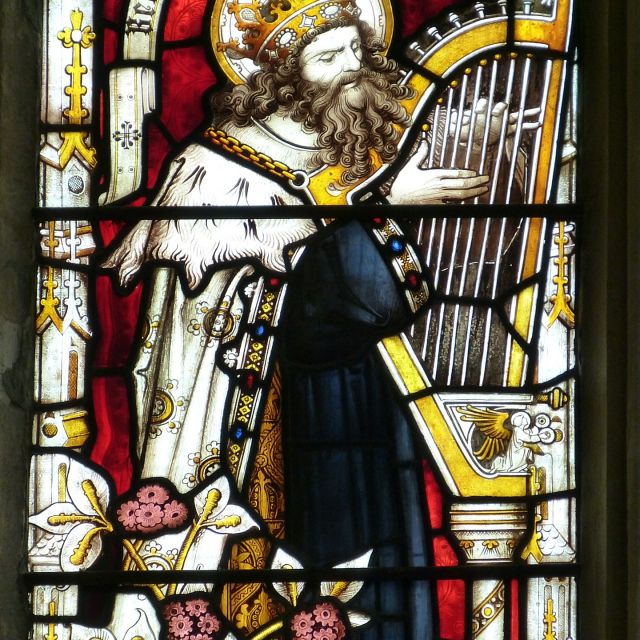Rev. Fr. Joseph Koterski, SJ
Reading St. Paul's letter to the Romans - continued
1st Part continued: The Background: The Covenant

The third of the covenants made with Israel and the fifth of those mentioned in the Old Testament is the one made with David (2 Samuel 7: 1-17). It comes when God had already acceded to the plea of His people to have Saul for their king and when Saul’s successor, David, could finally rest from his enemies. In response to David’s plan to build a temple to house the ark of God, the Lord revealed a message for David through the prophet Nathan that his successor (Solomon) would build the temple but that He would secure the kingdom by forever ensuring that a descendant of David would reign upon the throne (e.g., Ps 18:2).

Just as sinfulness broke the original covenant and led to God’s gracious enactment of a covenant with Noah, so too persistent sinfulness brought about the consequences for violation of the covenants that God had made with Abraham, Moses, and David. After the division of the monarchy into the northern kingdom of Israel and the southern kingdom of Judah, many of the kings proved sinful and rebellious against the Lord. The Assyrian invasion in 721 B.C. ended the royal line in Israel and the Babylonian captivity that began in 587/586 B.C. brought its end for Judah.
The Lord, however, remained faithful to what His covenants. In accord with the promises of a new covenant that He issued with Isaiah (e.g., 54:10) and Jeremiah (31: 31-34), God sent His Eternal Son to become incarnate of the Virgin Mary: Jesus Christ. The genealogies of Matthew (1: 1-17) and Luke (3:23-38) make a point of showing the place of David in the ancestors of Joseph, the foster-father of Jesus. Anointed the Messiah, Jesus does the royal deed of dying for the redemption of His people and of all humanity, and thus enacts the promise associated with the throne of David, a promise that had long been thought to have been forgotten when the line of kings was broken at the time of the Babylonian captivity.3 It is with a prominent reference to David that St. Paul’s letter to the Romans begins (1:3).
2 For instance, Richard J. Clifford, S.J., Deuteronomy, with an excursus on covenant and law (Wilmington DE: Michael Glazier, 1982).
3 See my “Carpaccio’s Mysterious Painting,” Fellowship of Catholic Scholars Quarterly 38/ 3-4 (Fall/Winter 2015): 5-10.
To read the first part, please click here.